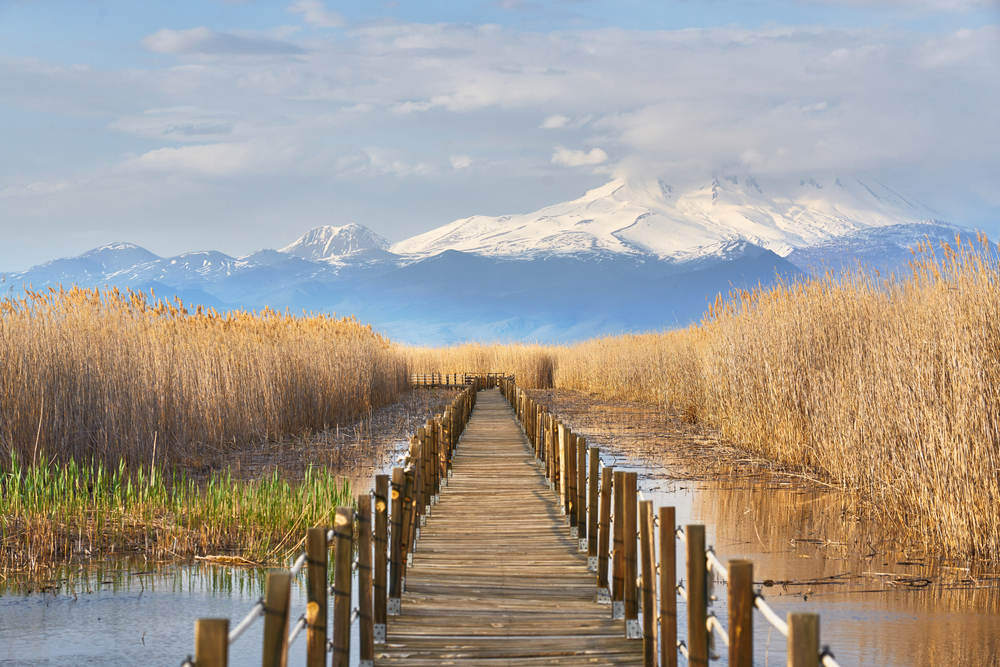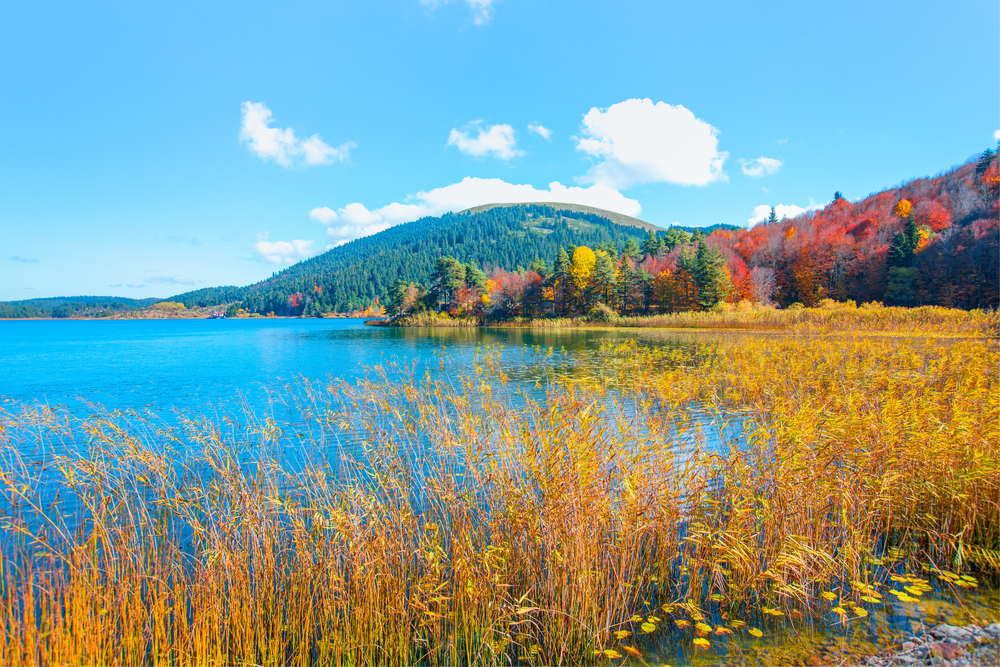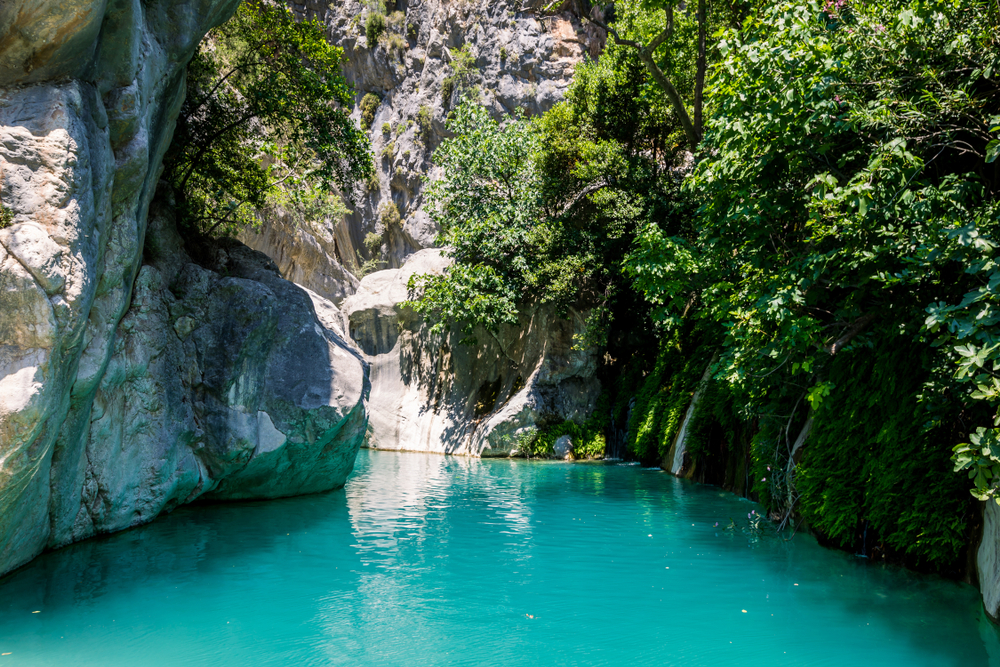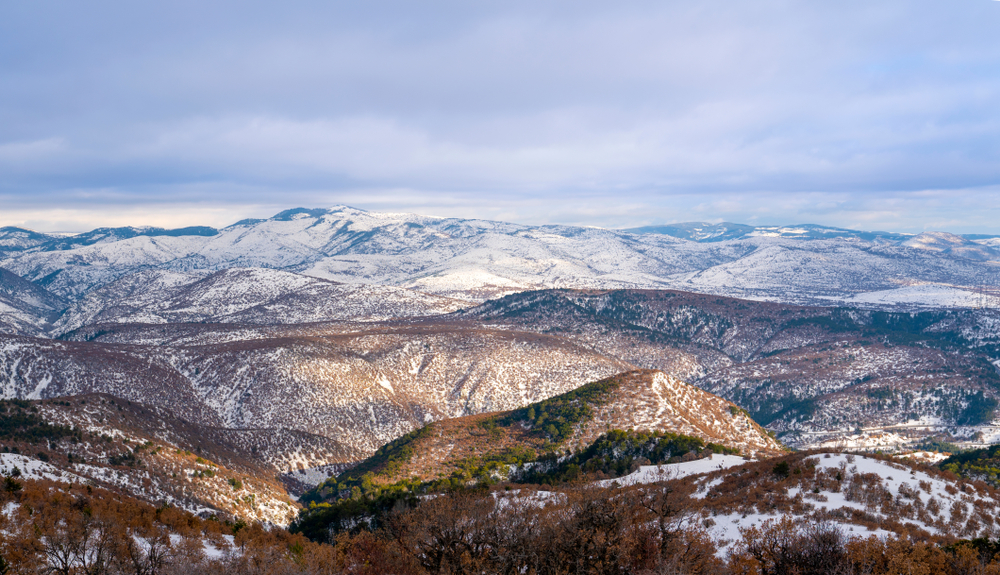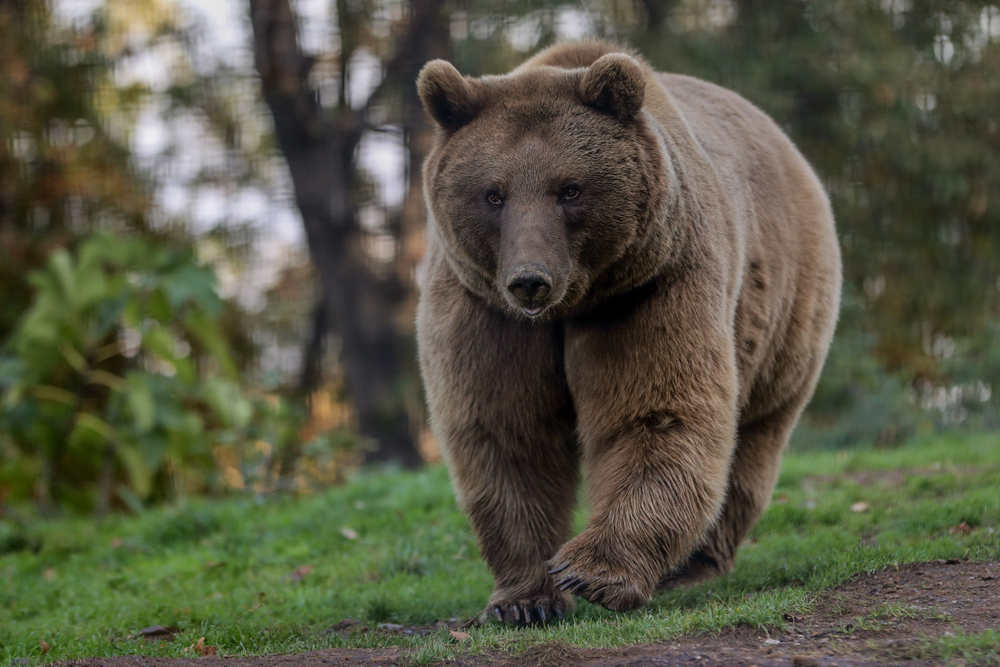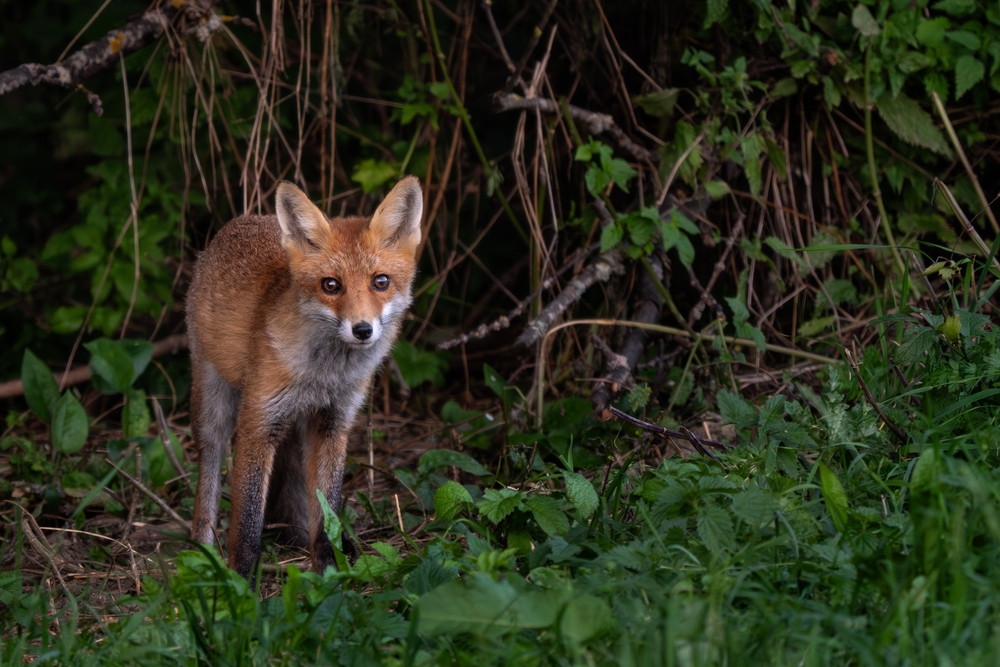Sultan Reedy Overview
Sultan Reedy National Park, known locally as Sultan Sazlığı Milli Parkı, is a vital wetland ecosystem located in central Turkey, in the province of Kayseri.
The park spans approximately 102 square miles (264 square kilometers) and sits in the Develi Basin, between the Erciyes, Hasan, and Melendiz mountains. Established in 2006, the park plays a crucial role in preserving Turkey’s inland marshes and salt steppe habitats, making it one of the most important bird sanctuaries in the country and a designated Ramsar Site due to its international importance as a wetland.
The landscape of Sultan Reedy National Park is a harmonious blend of reed beds, marshes, freshwater lakes, saltwater flats, and steppe terrain. These habitats are fed by seasonal meltwaters from the surrounding mountains, creating a unique mosaic of ecosystems that shift with the seasons.
Large patches of common reeds (Phragmites australis) dominate the marshy zones, providing dense shelter for nesting birds. The terrain is mostly flat, punctuated by shallow lagoons and seasonal pools that attract wildlife year-round. The surrounding semi-arid steppes add to the ecological contrast, hosting drought-resistant shrubs and grasses that thrive under the region’s intense sunlight and minimal rainfall.
The park is renowned for its extraordinary birdlife, drawing ornithologists and birdwatchers from around the globe. Over 300 bird species have been recorded here, many of which use the wetland as a crucial stopover on the African-Eurasian migratory route. Notable bird species include flamingos, ruddy shelducks, herons, storks, avocets, and various species of ducks and waders.
The globally threatened white-headed duck and ferruginous duck can also be found in these wetlands. Raptors such as marsh harriers and imperial eagles are seen patrolling the skies, especially during migration periods. Mammal sightings are less common but include wild boar, foxes, and small rodents that inhabit the steppes and reed margins.
Popular features of the park include its birdwatching towers and wooden walkways, which allow visitors to observe the birds without disturbing their habitat. Interpretive signs and observation decks provide information and panoramic views of the reeds, making it a favored site for photographers and nature lovers.
Boat tours through the reeds offer a quiet and immersive way to explore the wetland’s inner zones, while the surrounding steppes offer hiking and opportunities to observe the unique plant life adapted to the saline environment.
Visitors primarily engage with the park through eco-tourism, birdwatching, nature photography, and educational field trips. Guided tours are available seasonally and often coincide with spring and autumn migrations. The park also serves as a living laboratory for environmental researchers and students studying wetland ecology, hydrology, and conservation biology.
Sultan Reedy National Park faces challenges related to water diversion, pollution, and climate change, which can affect the delicate balance of its water systems. However, there have been notable conservation successes, including restoration of water channels, increased monitoring of endangered species, and greater public awareness through ecotourism.
Collaborative management between local authorities, NGOs, and international conservation bodies continues to support the park’s future as both a haven for wildlife and a center for sustainable nature tourism.








































































